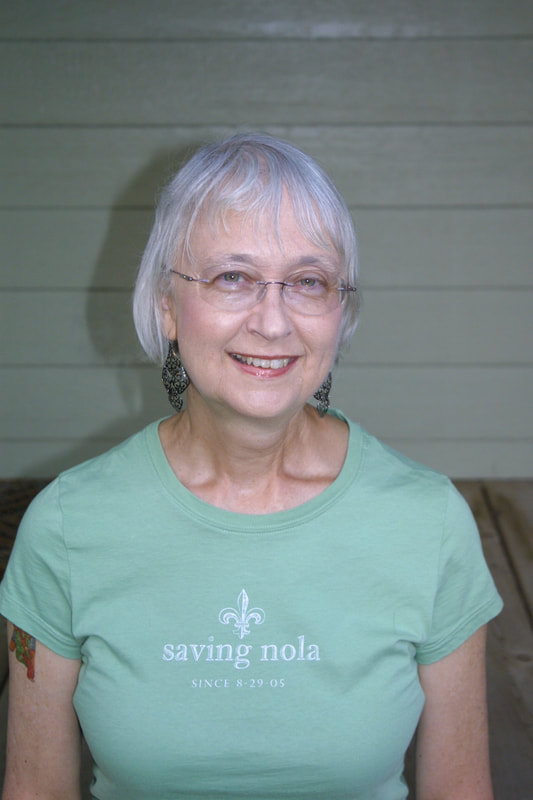About Me.
|
I had an interest in writing from a very early age. The first thing I remember writing was a note to my mother. I must have been pretty young because she was very impressed! As a child, I was always making up stories in my head. Eventually I started writing down scenes. It wasn't until much later in life that I began developing these ideas into full fledged books.
The idea for Emily's Sadhappy Season was rattling around in my head for a couple of years before I finally got up the nerve to write it down. It took courage because it is based on my own experiences when my father died when I was nine-years-old. I fictionalized some of the details of the story. Time of the Eagle took a very curious route. I was working on another novel--a time travel novel--about two kids who go back in time and end up on the shores of Lake Superior two hundred years ago. While researching that novel, I discovered the true story of a young Ojibwe girl who had survived a smallpox epidemic which had devastated her village. She was forced to flee and traveled a whole winter, surviving by her wits, until she found other Ojibwe people to live with. Again, I couldn't get her story out of my head. So, I put aside the time travel novel and began work on Eagle. Once again I fictionalized the story, changing some things, like giving her a little brother to take care of. I didn't want to write a story with just one person in it! “I remember when they burned the German books.” That statement by my mother inspired me to write Jingo Fever. Mom was seven-years-old in 1917. She remembers two things about World War I: Armistice Day when a stranger hugged her in a grocery store and said, “My boy is coming home,” and the day the books were burned. Mom’s story, as well as research I did in college for a history professor, propelled me to study the dismantling of democracy during World War I. Intolerance toward German-Americans, even in Milwaukee, was rampant and a good example of what happens when fear of “the other” takes over during war time. |

